#Gallo-Roman
Text



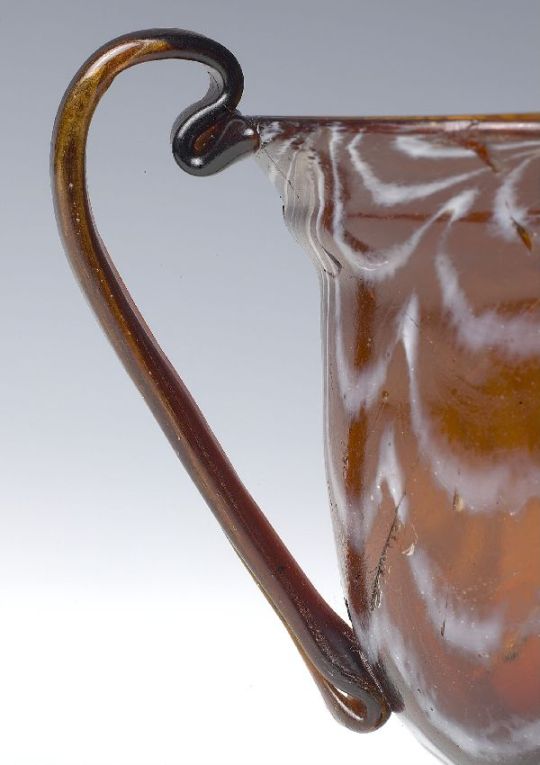
~ Pair of canthares.
Date: A.D. 1st century
Period: Gallo-Roman
Medium: Glass paste
#ancient#ancient art#history#museum#archeology#roman#ancient history#archaeology#gallo-roman#pair of canthares#1st century
474 notes
·
View notes
Text

Celtic-Roman syncretic Altar. Specifically leaning more into Gallo-Roman specifically with wiccan influence. Druantia stands center on my altar as she's both god and goddess as one.
83 notes
·
View notes
Text

The Celtic goddess Sequana in her duck-boat.
Bronze, Gallo-Roman era, Archaeological Museum of Dijon
#cultus deorum#celtic#celtpol#gaulpol#gallo-roman#archaeology#roman archaeology#celtic art#sequana#polytheism#gaulish polytheism#gaul#oh she comin#the duck is holding a ball in its mouth#also the boat is LITERALLY a duck#it doesnt get better than this my friends
109 notes
·
View notes
Text
Hidden under a train station, archaeologists have unearthed a 2,000-year-old necropolis from the Gallo-Roman town of Lutetia, predecessor of modern-day Paris.
46 notes
·
View notes
Note
Know any good sources on Celtic (specifically Gaulish practices)? I know it’s not your area, but you seem like someone who might know some people who dabble in that sort of stuff. The area I live in has some celtic archeological sites, but sadly not much is known about the local religion or culture. I am trying to put together a Romano-Celtic hearth cult, but it’s difficult finding practices and deities that feel right.
Gaul is a larger Celtic area of Western Europe (modern-day France and parts of modern-day Belgium, Germany, and Northern Italy). I say this because the Celts, when invaded by Rome, took in a lot of Roman religion including Hellenic and (rarely) Kemetic beliefs as well. When the Celts did this, so did the Gauls.
If it helps at all, the specifics you're looking into is called Gallo-Roman, which is part of the larger Romano-Celtic area.
This selective acculturation manifested in several ways. One of the main ways we see this is with the melding of Greco-Roman deities with Gaulish (Celtic) deities. Gaulish epithets for Roman gods (Jupiter Poeninus) and Roman epithets for Gaulish gods (Lenus Mars). Roman gods were given Gaulish god partners (Mercury and Rosmerta & Apollo and Sirona). Towards the east of the Gauls, many mysteries were formed, including one for the Greek hero Orpheus, the Iranian (or Persian) god Mithras, and the Egyptian goddess Isis. In other words, a whole lot of syncretism.
When it came to the Gauls (and the Celts overall) a main part of their belief system was the heavy use of animal imagery. More specifically, zoomorphic deities. However, we see a lot more human-looking representations of the gods because the Romans (and Greeks) weren't too keen on the idea (see Greco-Egyptian).
As for specifically Gallo-Roman hearth religious beliefs, the Lares (Lar singular) is a good place to start. They're the equivalent of Agathos Daimon in Greek religion (Hellenism). Essentially, they're personal household deities that are connected to the hearth.
A majority of the information we have about the Gaelic culture and the eventual melding of the Gallo-Roman culture stems from two sources: artifacts and Julius Ceasar, who wrote all about in what we now call the "Commentarii de Bello Gallico". The gods that he mentions the Gauls worship (like Jupiter, Mercury, Mars, and Minerva) aren't really the Roman gods that the Gauls are worshipping at that time but rather the closest thing Ceasar can connect. For example, Caesar may say that the Gauls worshipped Mars, when in reality they were worshipping Lenus, a healing god that quickly became associated with Mars because of Caesar and the Roman Empire. However, not all of them were caught. Gobannus is the most well-known example we have, with him being the equivalent to the Roman god Vulcan or the Greek god Hephaestus and yet Caesar makes no comment on the Gaulish god.
One other thing, the specific time we are taking a look at was prior to the overtaking by the Anglos, Saxons, and Jutes (aka pre-Anglo-Saxon times). Because of this, Germanic (Norse) gods weren't known to these people yet. Odin, Thor, and Freyja were unknown to them at this point in time.
Other than that, the last thing I can give to you are articles and books that I stumbled upon that may pique your interest. I do recommend a couple of Wikipedia links, but just know that I recommend using Wikipedia as a jumping-off point. Hope this helps! :^)
Becoming Roman: the origins of provincial civilization in Gaul -- Greg Woolf
https://archive.org/details/becomingromanori0000wool
The gods of the Celts -- Miranda Green
https://archive.org/details/godsofceltsar00mira
Gallo-Roman Religious Sculptures -- A.N. Newell
https://www.jstor.org/stable/640758
Fifth-Century Gaul: A Crisis of Identity? -- John Drinkwater & Elton Hugh
https://www.loc.gov/catdir/samples/cam031/91018375.pdf
Caesar's Commentaries on the Gallic War: literally translated -- Frederick Holland Dewey, A.B.
https://archive.org/details/caesarscommentar07caes
Category:Gaulish gods -- Wikipedia
https://en.wikipedia.org/wiki/Category:Gaulish_gods
Category:Gaulish goddesses -- Wikipedia
https://en.wikipedia.org/wiki/Category:Gaulish_goddesses
sources:
https://bmcr.brynmawr.edu/1999/1999.10.34/
http://www.deomercurio.be/en/dii.html
https://www.britannica.com/topic/Celtic-religion/The-Celtic-gods
https://en.wikipedia.org/wiki/Lares
https://www.britannica.com/topic/Lar-Roman-deities
https://en.wikipedia.org/wiki/Gallo-Roman_culture
https://en.wikipedia.org/wiki/Gallo-Roman_religion
#ask#witch#witchcraft#witchblr#pagan#celtic#gaulish#roman#celtic deities#celtic pantheon#gaulish deities#gaulish pantheon#roman pantheon#roman gods#ancient rome#gallo-roman#romano-britain#romano-celtic#hearth
36 notes
·
View notes
Link
A playlist of the presentations at the past weekend’s Gaulish convention!
Myth is Not Religion by Aliakai
Gaulish Runas System from Nemeton Dumnantu
Divine Pairings in Gaulish Polytheism by Nertatis
Frankish Polytheism/Heathenry presentation by the TFA
Abnoda Gaulish/Celtic Goddess of the Wilds by Tricunos
Ritual for Gallo-Roman Mercuralia by Viducos/Deomercurios
Stone age cosmology (neolithic origin for cernunnos??) by Beroki
Secrets of the Rhaetians (IRON AGE ALPS SUN WORSHIPPERS) by Renotauros
Travel Altars & Con wrap up with Reno again
#aliakai#runes#runas#gaulish#Gaulish Polytheist#Gaulish Polytheism#gaulish pagan#frankish#frankish heathenry#heathenry#abnoba#diana#gallo-roman#mercury#mercuarlia#cernunnos#cerunnos*#rhaetians#sun worship#altars#paganism#pagan#polytheism#convention#sirona#taranis#taranos#neopagan#neopaganism#myths
24 notes
·
View notes
Photo
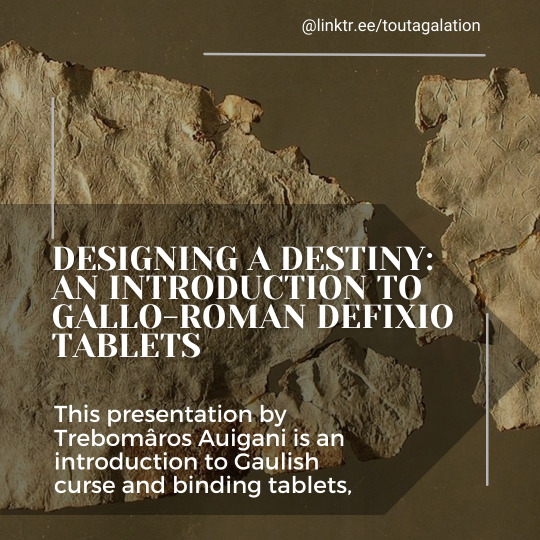
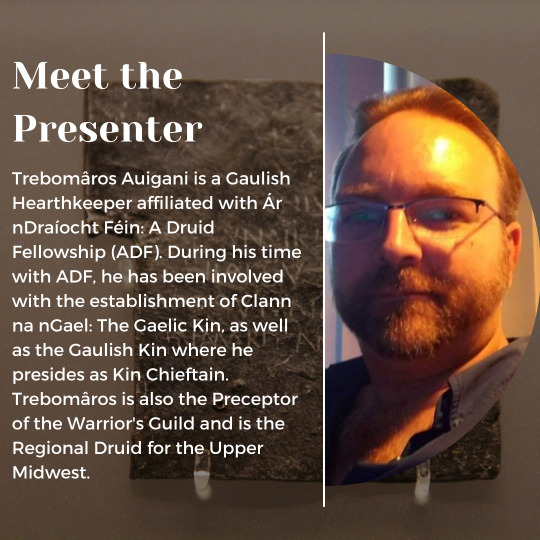
We're back with another reveal for Comreton Calleios! More information on our upcoming free online convention taking place May 27th-28th, 2023 can be found via our linktree.
2 notes
·
View notes
Text

#Warren#de Warenne#normandy#gallo-roman#genealogy#Sharon Bennett Connally#earl of surrey#books#freedom#liberty
0 notes
Text

Apollon de Lillebonne
This bronze statue depicting Apollo of Lillebonne was likely created in the 2nd century AD and went through numerous repairs in Antiquity. He is depicted naked, as typical of this God, and with His hair partially lifted in an intricate hairstyle.
Source and more photos: 🏺
#APOLLO 🌞#ANTIGÜEDADES 💎#art#ancient art#ancient roman art#gallo roman art#apollo#apollo art#greek mythology#greek gods#anatolian gods
163 notes
·
View notes
Text
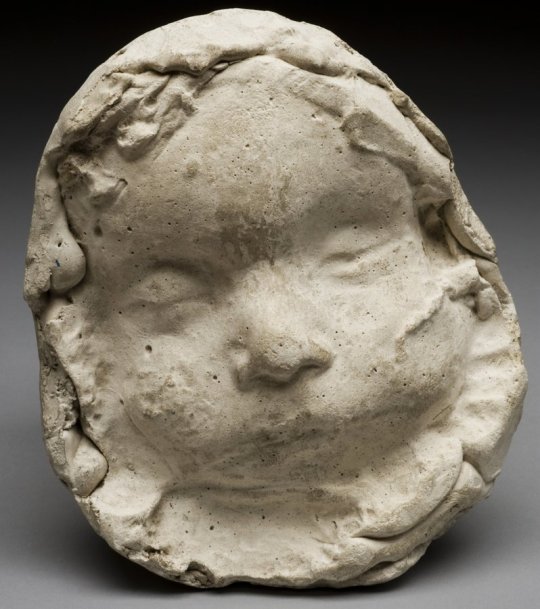
Plaster cast of the face of an infant who was buried in Lutenia (modern-day Paris) around 200 CE. The mask was probably created accidentally when cement leaked into the sarcophagus.
150 notes
·
View notes
Text

Bellerophon, riding Pegasus, slays the Chimera. Gallo-Roman mosaic, artist unknown; 2nd or 3rd cent. CE. Found in Autun, France; now in the Rolin Museum, Autun.
#classics#tagamemnon#Ancient Rome#Roman Empire#classical mythology#Bellerophon#Pegasus#Pegasos#Chimera#Chimaera#art#art history#ancient art#Roman art#Ancient Roman art#Roman Imperial art#Gallo-Roman art#mosaic#ancient mosaic#Rolin Museum
679 notes
·
View notes
Text

A GALLO-ROMAN GILT BRONZE MERCURY
CIRCA 1ST-2ND CENTURY A.D.
According to Charles Delaporte's notes, the bronze was found after 1870 during an excavation near the town of Bavay, close to the border with Belgium. During the Roman period, Bavay, then known with the Latin name of Bagacum, was a fortified settlement of the Nervians, described by Julius Caesar as a tribe of fearsome warriors in his account of the Gallic War. The Roman town was founded in 20 B.C. by Marcus Vipsanius Agrippa, one of Augustus' most trusted generals, as part of the Gallia Belgica province. Due to its strategic position as a central node within the network of roads built by the Empire, Bagacum expanded rapidly, becoming one of the most important political and economical centers of the region, with imposing monuments such as a large forum, thermal baths and several temples.
#A GALLO-ROMAN GILT BRONZE MERCURY#CIRCA 1ST-2ND CENTURY A.D.#bronze#bronze statue#bronze sculpture#ancient artifacts#archeology#archeolgst#history#history news#ancient history#ancient culture#ancient civilizations#ancient rome#roman history#roman empire#roman art
31 notes
·
View notes
Text

Credits to the wonderful people of NorthMyth on Etsy for their impeccable craftsmanship and speedy delivery. Support them, if you can. Ukrainian artists deserve our aid!
#statues#statuettes#woodcarving#woodcarvers#gods#pagan#pagan gods#gaulish pagan#roman gods#Gaulish#Roman#roman paganism#gaulish polytheism#roman polytheism#gallo roman#Gaul#Moccus#cernunnos#Epona#Sulis#Taranis#Janus#Ukrainian#ukrainian art#ukrainian artists#polytheism#paganism#Celtic#Celt paganism#celtic polytheism
140 notes
·
View notes
Text
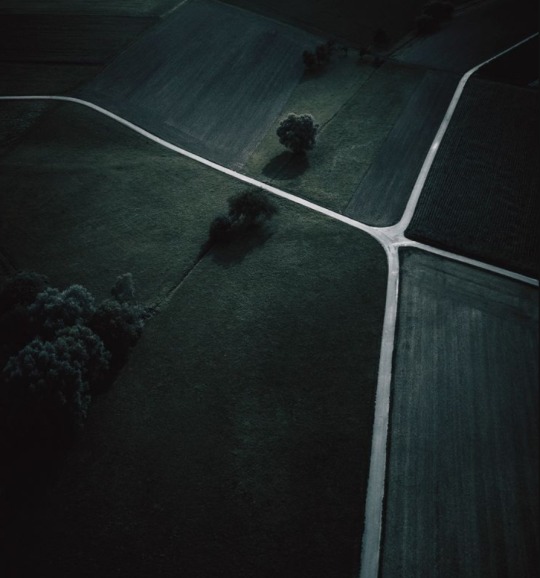

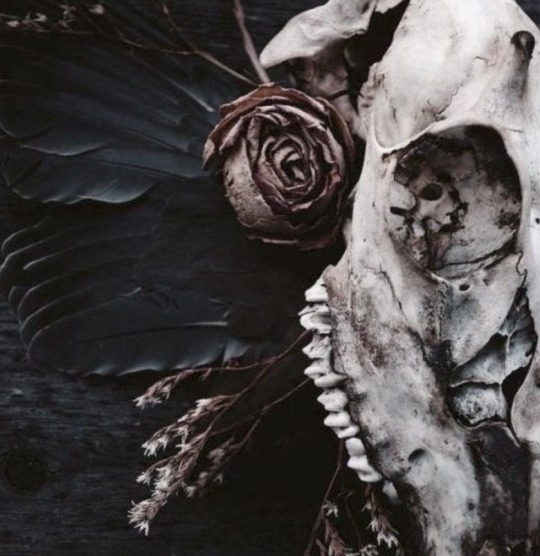
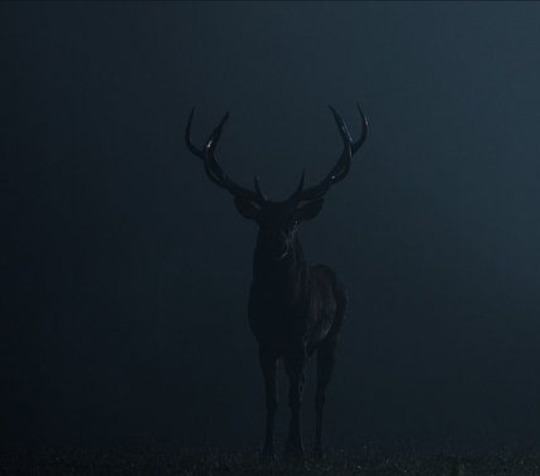

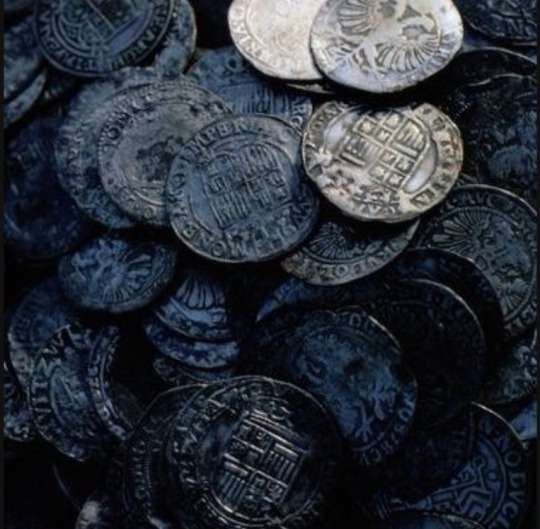
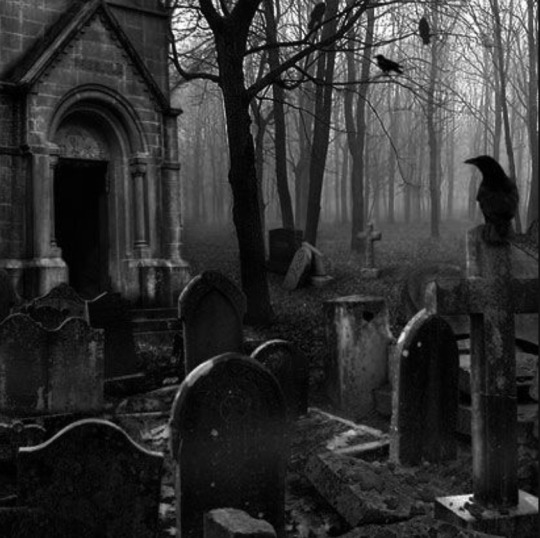
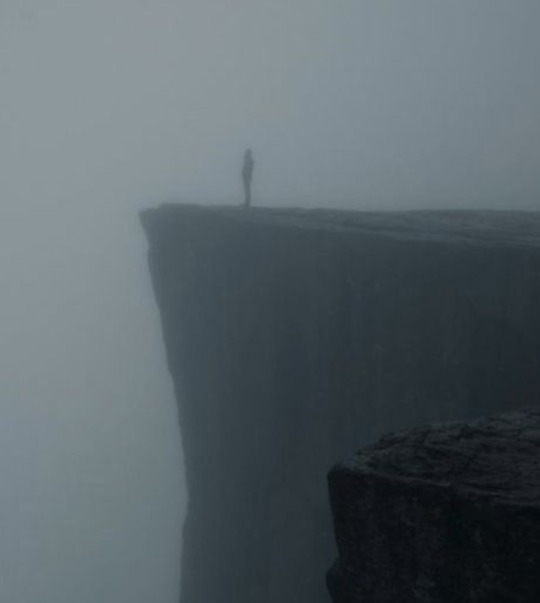
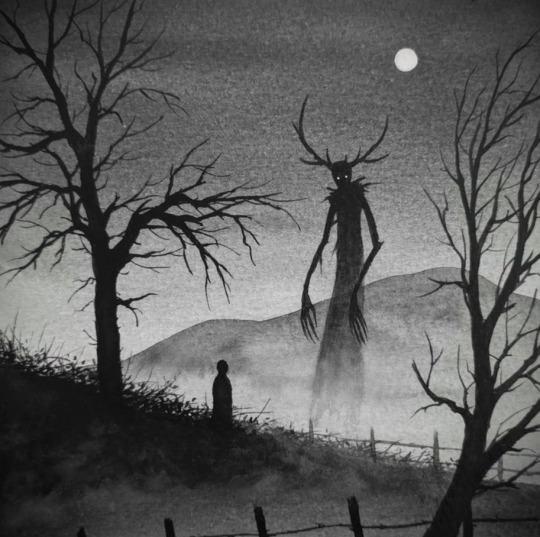
Cernunnos
Gaulish God of liminality, crossroads, death, pastoral wealth, abundance, hunters, the hunted, the wild, and the tame.
#Cernunnos#Carnonos#Karnonos#gaulish gods#gaulish paganism#gualish polytheism#gallo roman paganism#gallic gods#celtic paganism#celtic pagan#celtic pantheon#pagan#deities#polytheism#polytheist#deity#paganism#devotional moodboard#deity moodboard#the horned god#the horned one#wicca#wiccan#paganblr#chthonic#chthonic gods#godspouse#moodboard
25 notes
·
View notes
Text
French archaeologists have found an amazing Gallo-Roman religious complex in Brittany complete with a bathhouse and two temples, shedding new light on the Gauls and Romans in the Iron Age!
#Gallo-Roman#temple#complex#religious#Gaul#Mars#Jupiter#ancient#history#ancient origins#archaeology news
37 notes
·
View notes
